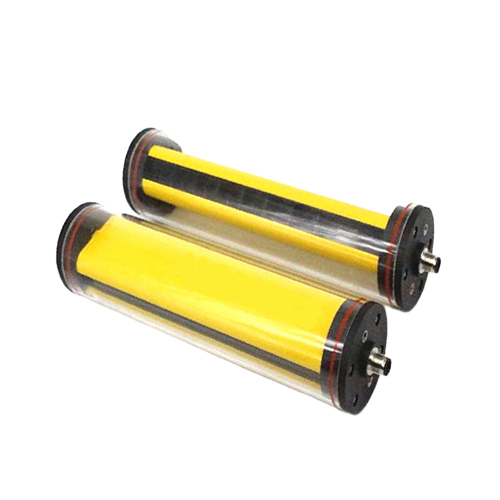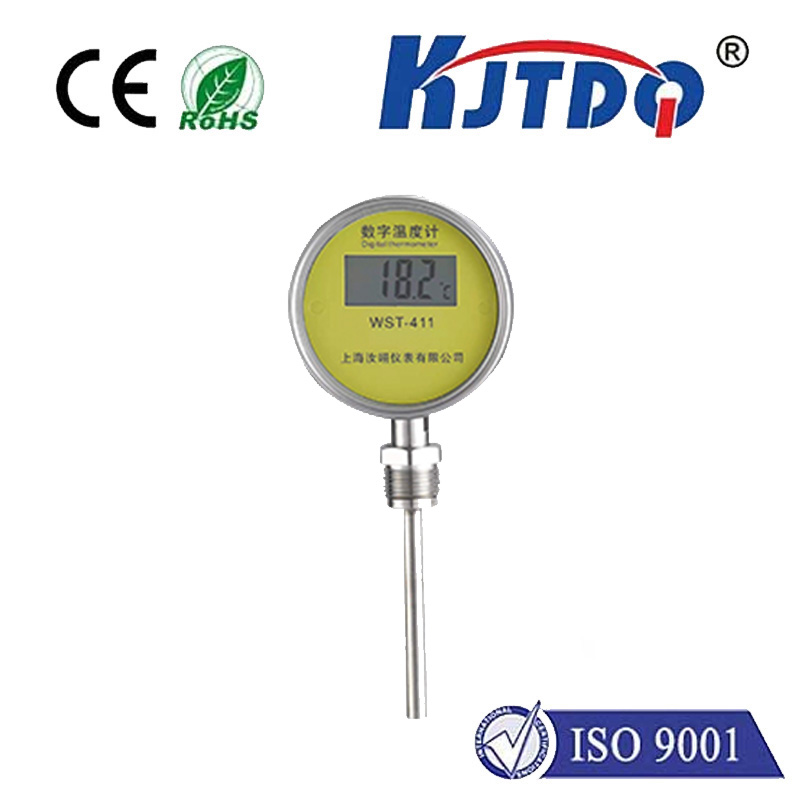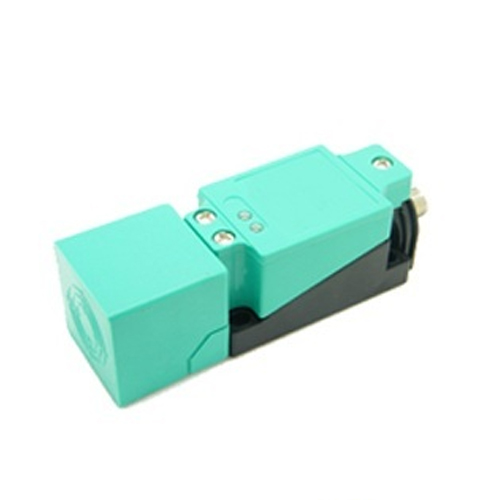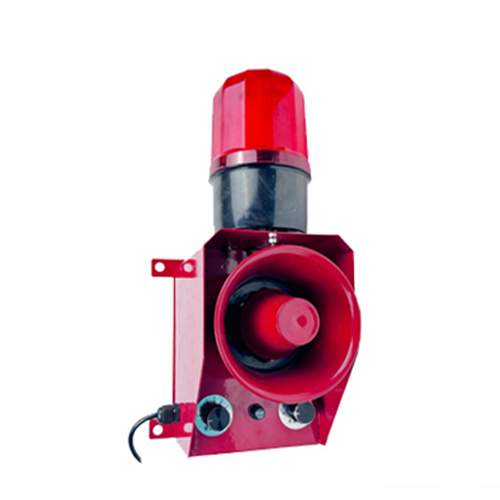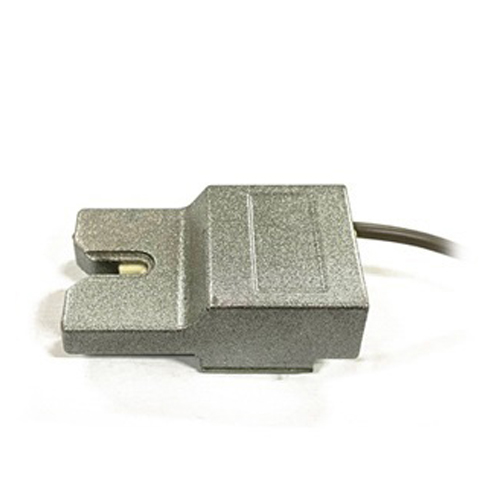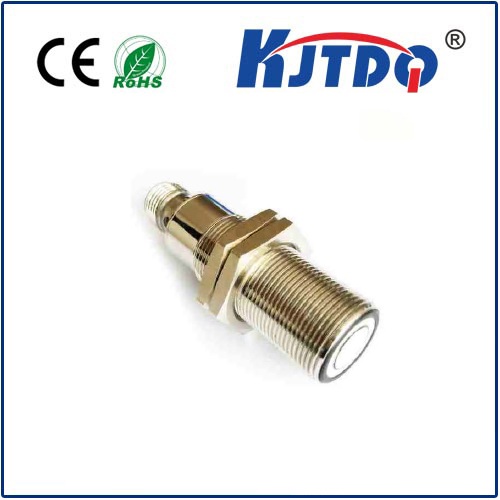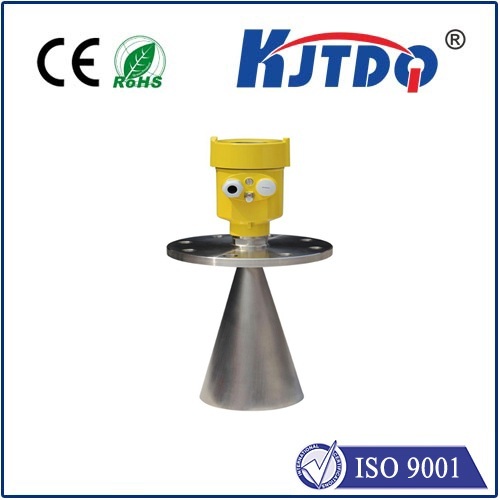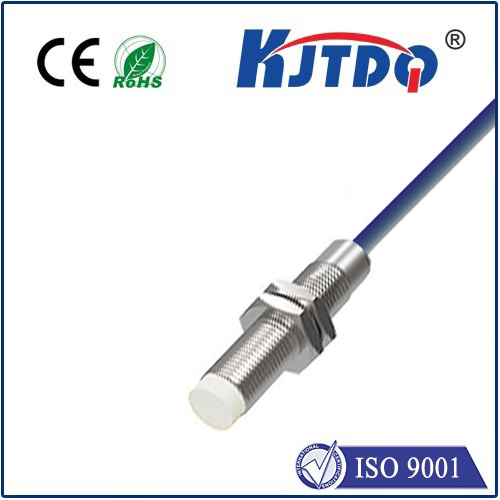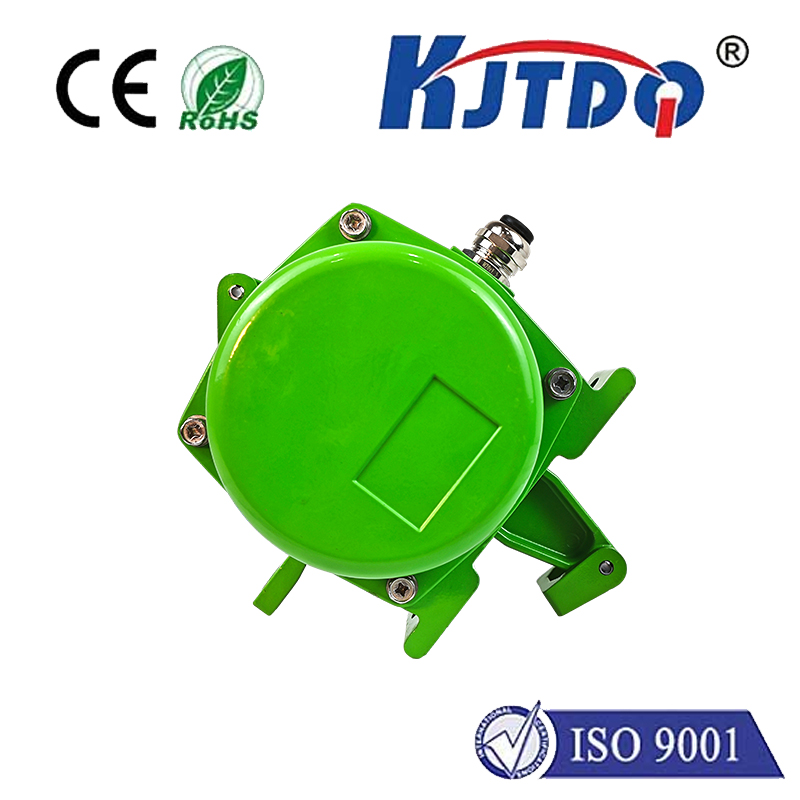

check

check

check

check

check

check

check

check

check

check
Title: The Revolutionary Power of Laser Thermal Sensors
Introduction:
In the ever-evolving world of sensor technology, laser thermal sensors stand out for their unparalleled precision and versatility. These cutting-edge devices are transforming industries by providing accurate temperature measurements in challenging environments. In this article, we will explore the workings of laser thermal sensors, their applications, and their impact on various sectors.
Working Principle:

Laser thermal sensors operate on the principle of thermography, which involves detecting infrared energy emitted by objects. Unlike traditional contact thermometers that require physical contact with a surface, these sensors use a laser to measure temperature from a distance. They emit a laser beam towards the target object, and the sensor then analyzes the amount of infrared energy reflected back to determine its temperature.
Applications:
The applications of laser thermal sensors are vast and varied. In manufacturing, they are used to monitor the temperature of machinery and processes, ensuring optimal performance and preventing costly downtime due to overheating. In construction, they help in identifying thermal insulation issues within buildings. In the medical field, they play a crucial role in diagnosing conditions like inflammation and blood circulation problems. Furthermore, laser thermal sensors are essential in firefighting, enabling firefighters to detect hotspots hidden beneath thick smoke.
Benefits:
One of the primary benefits of laser thermal sensors is their non-invasive nature. They can measure temperatures without physically touching or altering the object being measured. This feature makes them ideal for delicate processes where contamination or disturbance could be detrimental. Additionally, their ability to measure temperature from a distance allows operators to work safely in hazardous environments such as high voltage areas or during chemical reactions.
Challenges and Advancements:
Despite their many advantages, laser thermal sensors face challenges such as interference from ambient light and difficulties in measuring through certain materials. However, ongoing research and development are addressing these challenges, leading to advancements like improved signal processing algorithms and more robust sensor designs.
Conclusion:
Laser thermal sensors represent a significant leap forward in sensing technology. With their capacity for remote, non-contact temperature measurement, they are revolutionizing industries by enhancing safety, efficiency, and accuracy. As technology continues to advance, it is expected that laser thermal sensors will become even more prevalent and sophisticated, further solidifying their place at the forefront of modern sensor innovation.
